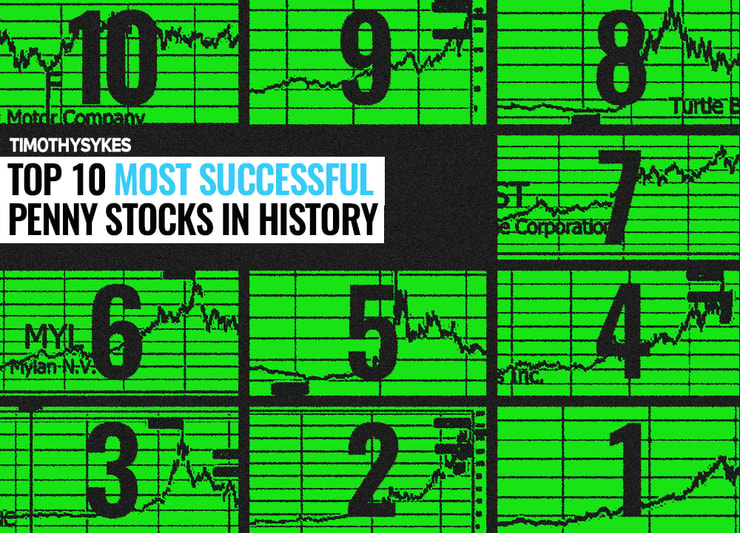Over the weekend, Trump posted on social media that the U.S. dropped bombs on key Iranian nuclear testing sites.
At this moment, it’s unclear whether this marks a momentary end or an escalation to the struggle against Iran’s nuclear program …
But one thing is clear: This has happened before in the market.
During certain global catalysts, the stock market can show us repeating movements …
For example, there’s a stock that tends to spike every time there’s a military conflict that involves oil-producing countries.
This little-known U.S. stock has already spiked 250%* since Israel first struck Iran on June 13.
And that’s not even the biggest move that we’ve seen … When Russia Invaded Ukraine in 2022, this stock spiked 1,000%*!
There could be more juice left in this runner.
I can’t predict what will happen between Iran, the U.S., and Israel. But I can take advantage of recurring patterns in the market as a result of this global volatility.
Protect your account right now with the strongest war-time stock spikes.
War-Time Trading

2025 Millionaire Media, LLCWe have to address the elephant in the room …
Because I always get asked questions every time there’s a global conflict …
No, I never root for war.
The destruction and loss of life is horrific. I’m always striving to inspire a better and safer tomorrow.
For example, I donate all of my trading profits to charity.
With that said, there’s only so much that I can do to help.
I can’t calm the conflicts between Russia and Ukraine, or the conflicts in the Middle East.
But I can trade the market volatility and use that money to put good back into the world.
Traders who ignore the volatile price action as a result of the strikes against Iran, in my eyes, they’re stubbornly refusing to work against greed and destruction.
We have real opportunities to profit and redirect this madness.
Now, with that out of the way, let’s get down to brass tax.
The Strongest Stocks Right Now

2025 Millionaire Media, LLCThe strongest stocks in the market have two main characteristics: A low share price and recent news.
There are more factors that contribute to a stock spike, but these are the most important.
The low share price helps the stock spike higher. Here’s an example:
-
- A $1 spike from a $1 per share stock (to $2 per share) is a 100% gain.
- The same $1 spike on a $200 per share stock is only a 0.5% gain.
- And that percent gain translates to our account.
And the recent news ensures there’s a reason for the spike. Here’s an example:
- On June 23, Impact Biomedical Inc. (AMEX: IBO) announced a merger with Dr. Ashley’s Limited, a global pharmaceutical company based in Hong Kong. The price spiked 440%* that day!
The stronger the news is, the stronger the spike.
IBO might have spiked 440%*, but the momentum will die quickly. Nobody cares about Dr. Ashley Limited.
As a comparison, the largest headlines in the world right now are the ones about the conflict in the Middle East between Israel, The U.S., and Iran.
And as a direct result, some of the strongest spikes in the market right now come from stocks related to the matter.
Houston American Energy Corporation (AMEX: HUSA) is a U.S. oil company that focuses on domestic and South American production.
It’s far from either of the conflicts in East Europe and the Middle East. That makes it a valuable stock right now.
In fact, the stock’s price has historically spiked every time there’s increased conflict in other areas of the world.
Look at the HUSA chart below, it shows the 1,000%* spike after Russia invaded Ukraine in 2022.
Every candle represents one trading day:

Here’s a chart of the spike since Israel struck Iran. Every candle represents one trading day:

I’ve already traded part of this spike. But I left a lot on the table.
Look at my notes below:

Luckily, this is a multi-day runner that could show us another setup as early as tomorrow!
Plus, you might have noticed that Robin Energy Ltd. (NASDAQ: RBNE) spiked 510%*, in tandem with HUSA.
This entire sector is going bananas.
Learn how to trade this major price action before the next runner!
Watch my video below:
Cheers
*Past performance does not indicate future results









Leave a reply